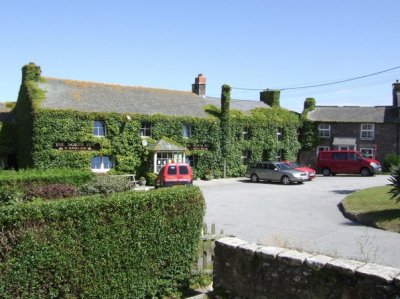
Lively village in an old mining district
Web: www.centreofpendeen.co.uk
St. Just-in-Penwith Town Council
Located three miles north-east of St. Just and seven miles west of Penzance on the B3306. The village has a community centre, a shop, a post office, a primary school, and a few small businesses. Community activities include an art club, silver marching band and a football club. Nearby settlements include Carnyorth and Trewellard and the historic Geevor Tin Mine which was visited by The Queen and Prince Philip in 1957, is immediately north of the village. The population of the village was 1,287 at the 2011 census.
The village gives its name to Pendeen Lighthouse which is a mile from the village. Like many other Cornish villages near the coast, Pendeen had a reputation for smuggling activities. The village was once very busy with fishermen and miners from the nearby Botallack Mine, Geevor Mine and Levant Mines.
Below Pendeen Lighthouse can be found the wreck of 'The Liberty' which ran aground here in 1952, although most of it has now been eroded away but the sea parts of the shipwreck are still visible at low tide on what locals call 'Liberty Rock' which is a favourite fishing spot.
The church of St. John is built of granite, was designed by the parson (Robert Aitken), and built by the villagers in 1851.
Pendeen was the subject of the book 'Life in a Cornish Village' by the Rev. F. J. Horsefield in 1893. Horsefield, being an amateur historian, wrote of a multitude of fascinating aspects of Pendeen's past.
In the centre of of the village is the long established Gem & Jewellery Workshop, and Pendeen Pottery.
William Borlase (1696-1772), The author was born in the village.
Ancient Sites in Cornwall Botallack Morvah St. Just The Coastal Footpath
Botallack Mine Geevor Mine Levant Mine Pendeen Lighthouse The Penwith Peninsula